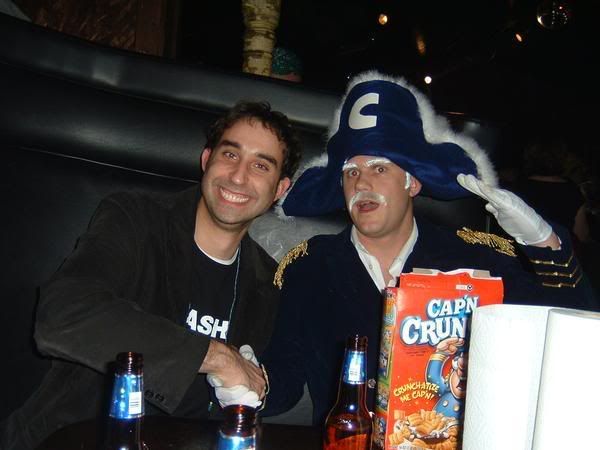Assignment: Interaction Design
Any trip to Toronto, Ontario, Canada, should include a visit to the 57,000-square-foot Hockey Hall of Fame. And the Hall of Fame will satisfy all of the conditions my mother and 15-year-old son have placed on our afternoon outing.
The home page is places the Hall of Fame information on the right side of the page and offers general links such as general information and exhibits tour. Below the main links are two sub-sections of great interest: Information and Hall Highlights.
I have a feeling this outing will turn out well. Well, at least during the planning stage.
Anyway, I click the general information button and I am taken to a new page offering navigation above a graphic of the Stanley Cup. It takes me a few moments to orientate myself and the navigation scheme. The general links lie on the right side while topics that range from "Plan Your Visit" to "Visitor Information" rest on top.
The "Plan Your Visit" page offers six sections anchored by an icon and a descriptive paragraph eliminating any worry of mystery meat navigation.
Parking and Traffic
Numerous transportation options exist from riding the city subway or navigating through the city’s famed underground mall. The site offers [in detail] two lots that will relive any stress my mother will feel about parking.Accessibility
The Web site offers its information in a basic and concise format. I learn wheelchairs can reach every area of the Hall of Fame. Perfect. An elevator is also available. Excellent. There is one chair for guests. Yikes. I will need to reserve a chair in advance by calling 416-360-7735 ext. 231.Cool Exhibits
The Hall of Fame prides itself on offering a myriad of interesting and interactive exhibits. Josh can entertain himself by [and not limited to]:- Taking shots at real-time goalies
- Watching hockey movies in two theaters
- Viewing the Stanley Cup
- Viewing the Puck Wall
Dining
The site includes a page devoted to the The Bottom Line Sports Bar and Grill, a 40-step walk from the Hall of Fame. The restaurant, operated by a former NHL hockey player, offers the typical menu of soups and salads, pizza, surf and turf, burgers and sandwiches. The Hall of Fame Web site also includes a 10 percent discount.Tour Guides
This is a self-guided tour. My search for any guide information proved unsuccessful.Visiting Length/Special Events
The Web site states the average visit to the Hall of Fame is three hours, but the good news is the admission is good for the entire day. If the family is bored with some of the exhibits, then shopping in the BCE Place (the mall that houses the Hall of Fame) could be in order.As for any noteworthy events, I had to type "special events" into the search box, only to discover that the Hall of Fame News page might be my best bet. I found no information, but a free subscription to the Hall of Fame's electronic newsletter could be useful for future planning.
The End
With the Hockey Hall of Fame Web site, I quickly discovered the pages I wanted to see without much fuss. And the ease of the navigation design allowed me to explore the site and discover some exhibits that I wanted to see during my recently concluded trip to Toronto.The professional look and feel of the site coupled with its expert use of interaction design makes this my choice as a strong example of interaction design.



